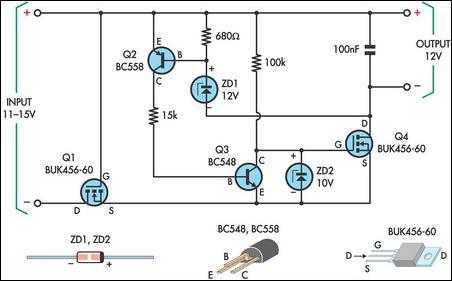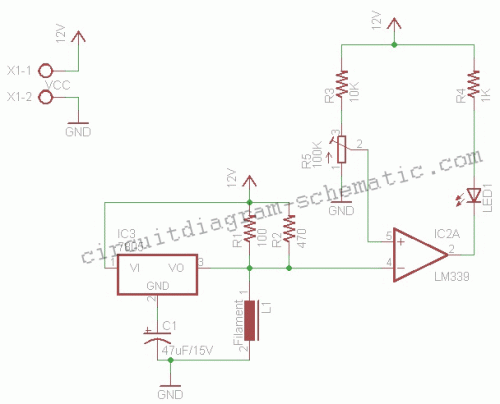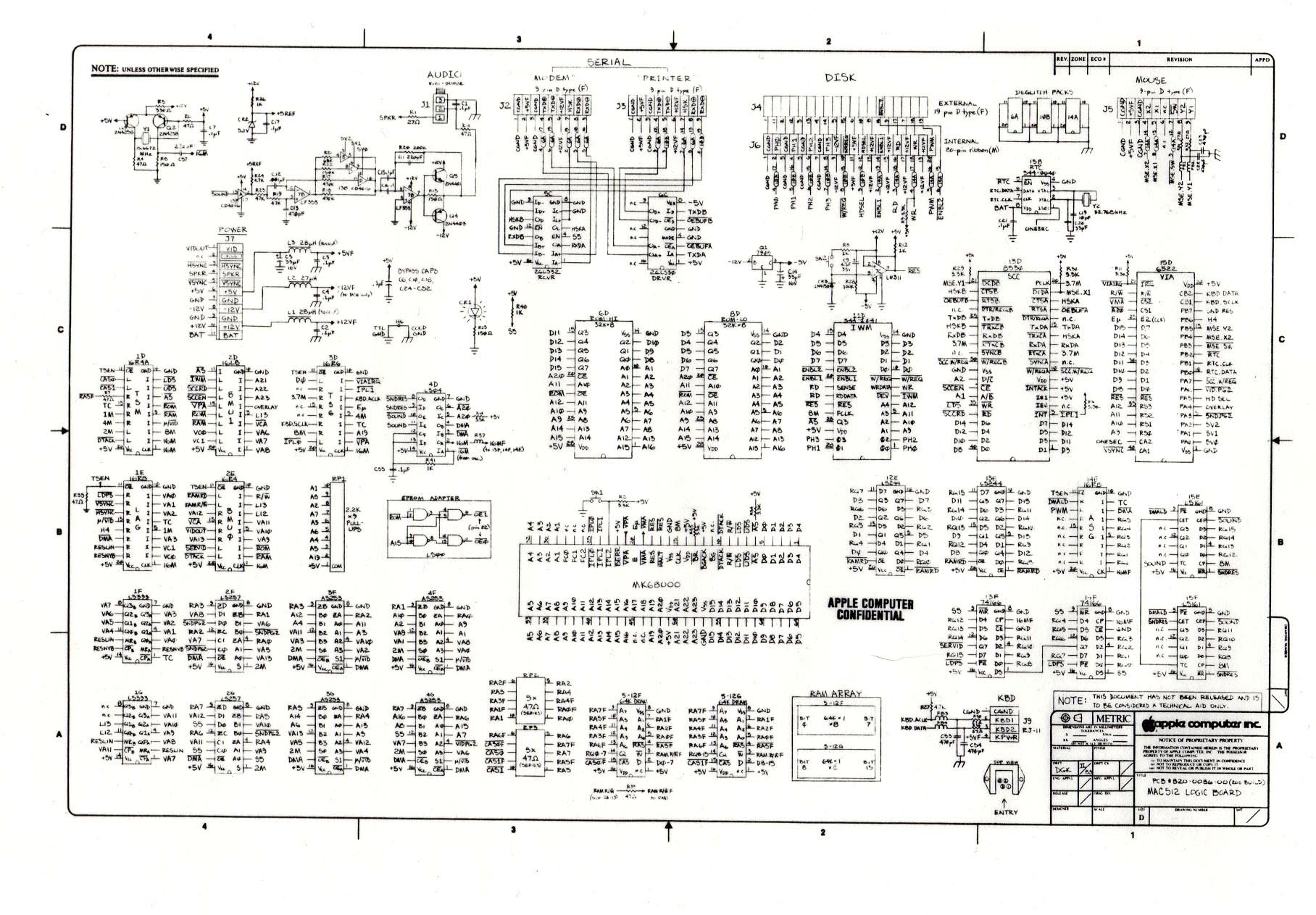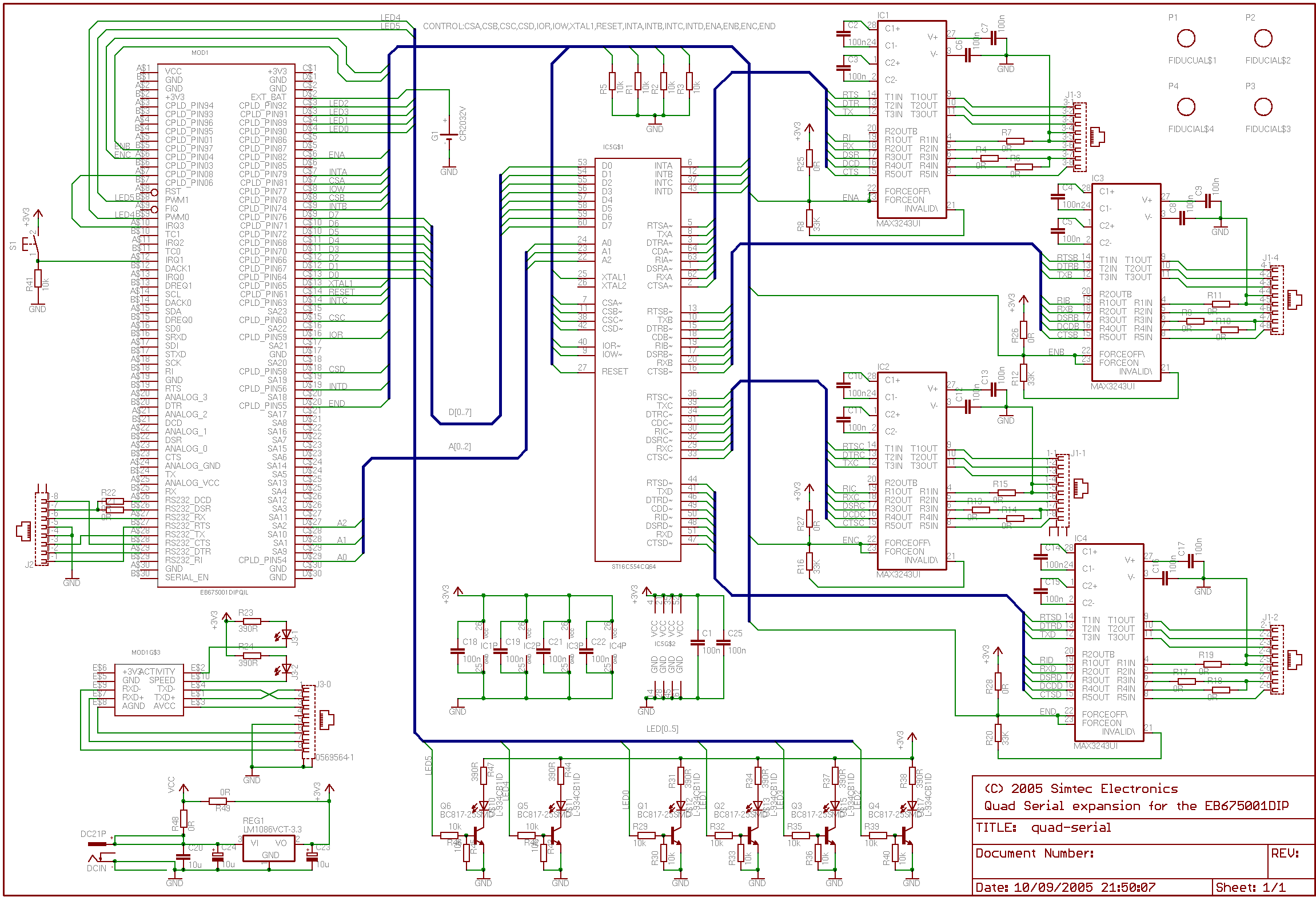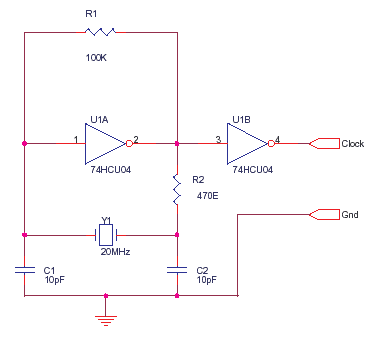
Parallel Port Break Out Board
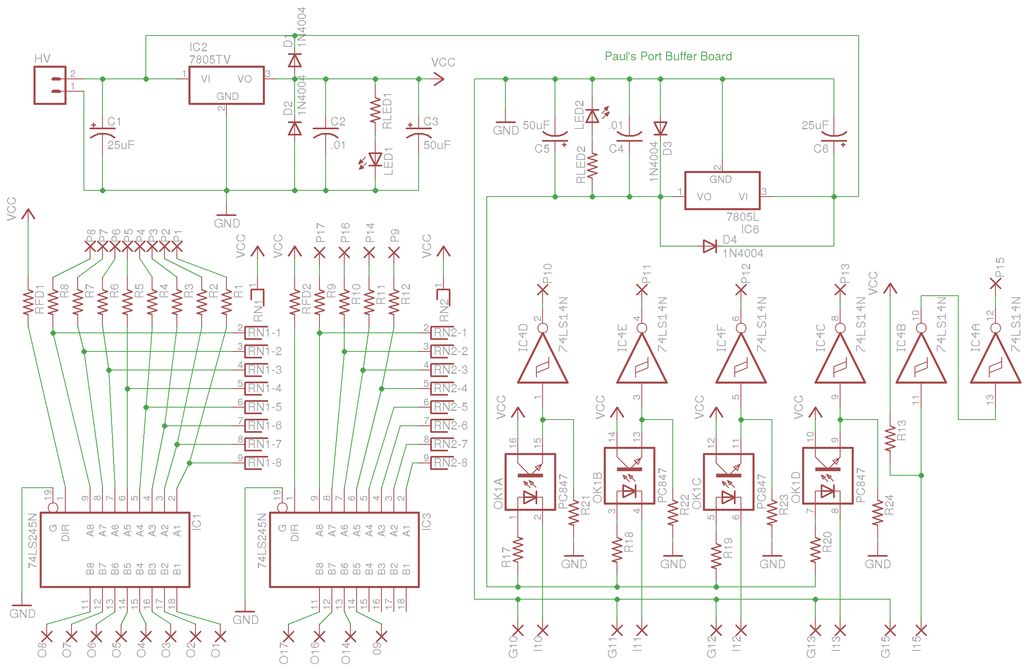
A buffer board was constructed with a specific project in mind, but it is being presented here as a general application device.
The buffer board serves as an essential component in various electronic circuits, acting to isolate different sections of a system while ensuring signal integrity. It typically consists of operational amplifiers or dedicated buffer ICs that provide high input impedance and low output impedance, which is crucial for preventing signal degradation.
The design of the buffer board may include multiple input and output channels to accommodate various signal sources and destinations. Each channel can be equipped with gain control, allowing for the adjustment of signal levels to match the requirements of subsequent circuit stages. Additionally, the board may incorporate bypass capacitors to filter out high-frequency noise, enhancing overall performance.
Power supply considerations are vital; the buffer board should be designed to operate within a specified voltage range, often utilizing a dual supply configuration to accommodate both positive and negative signal swings. Input and output connections can be made via terminal blocks or connectors, facilitating easy integration into existing systems.
To ensure reliability, the board layout should minimize trace lengths and avoid sharp angles, which can introduce unwanted inductance and capacitance. Ground planes may be implemented to reduce electromagnetic interference and provide a stable reference for the signals.
In summary, the buffer board is a versatile device that can be adapted for a variety of applications, from audio processing to data communication, ensuring that signals are transmitted accurately and efficiently across different parts of an electronic system.Let me begin by saying I built my buffer board with a specific project in mind but I`d like to present it here as more of a general application devic.. 🔗 External reference
The buffer board serves as an essential component in various electronic circuits, acting to isolate different sections of a system while ensuring signal integrity. It typically consists of operational amplifiers or dedicated buffer ICs that provide high input impedance and low output impedance, which is crucial for preventing signal degradation.
The design of the buffer board may include multiple input and output channels to accommodate various signal sources and destinations. Each channel can be equipped with gain control, allowing for the adjustment of signal levels to match the requirements of subsequent circuit stages. Additionally, the board may incorporate bypass capacitors to filter out high-frequency noise, enhancing overall performance.
Power supply considerations are vital; the buffer board should be designed to operate within a specified voltage range, often utilizing a dual supply configuration to accommodate both positive and negative signal swings. Input and output connections can be made via terminal blocks or connectors, facilitating easy integration into existing systems.
To ensure reliability, the board layout should minimize trace lengths and avoid sharp angles, which can introduce unwanted inductance and capacitance. Ground planes may be implemented to reduce electromagnetic interference and provide a stable reference for the signals.
In summary, the buffer board is a versatile device that can be adapted for a variety of applications, from audio processing to data communication, ensuring that signals are transmitted accurately and efficiently across different parts of an electronic system.Let me begin by saying I built my buffer board with a specific project in mind but I`d like to present it here as more of a general application devic.. 🔗 External reference
